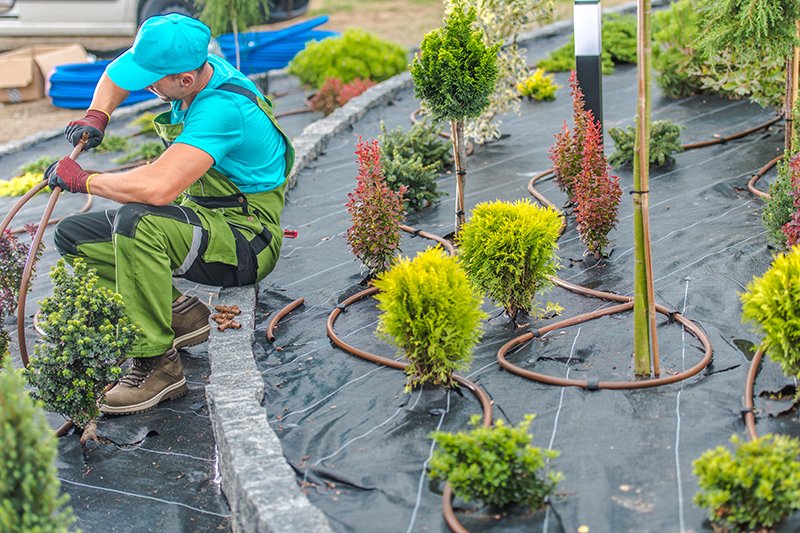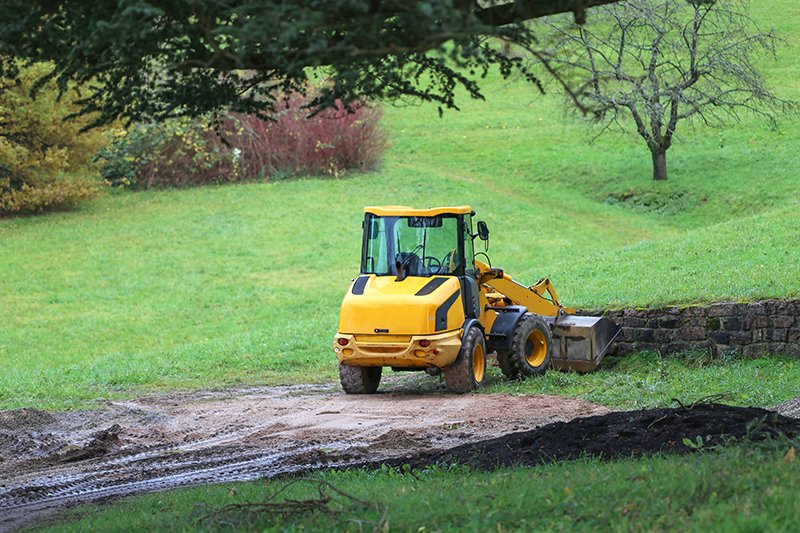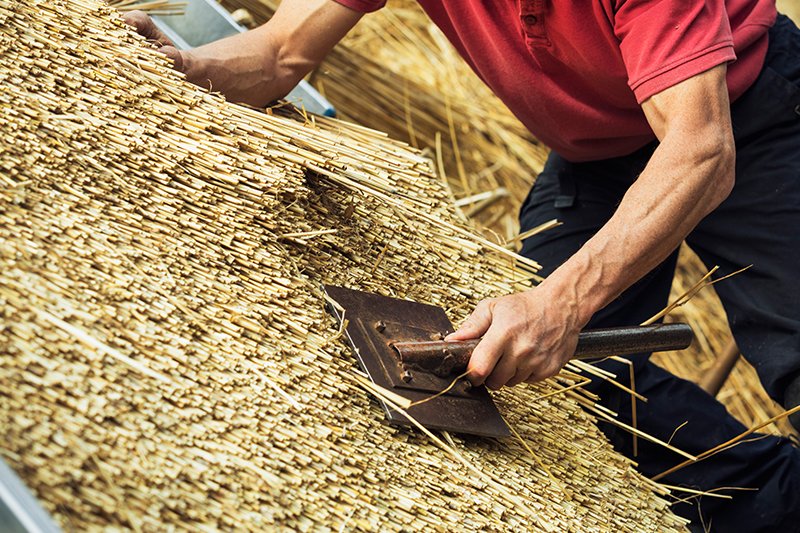Our Specialty Services
Our specialty services include garden bed installation and renewal, creating thriving plant spaces. We offer raised garden bed installation, erosion control solutions, regrading and land leveling for better drainage, and dethatching to improve lawn health. These services enhance the beauty, functionality, and sustainability of your landscape.
Garden Bed Installation and Renewal

Garden Bed Installation and Renewal is a key landscaping service that helps enhance the beauty and health of your outdoor space. Whether you’re starting from scratch or revitalizing an existing garden, professional garden bed installation ensures the right materials, plants, and layout are used for optimal growth.
Installation:
- Site Assessment: Professionals assess your property’s sunlight, soil quality, and drainage to design the ideal garden bed.
- Preparation: This includes clearing the area, amending the soil, and adding proper drainage.
- Plant Selection: Based on your preferences and the local climate, experts select plants that will thrive in your garden.
Renewal:
- Soil Improvement: Over time, garden beds can become compacted or nutrient-depleted. Renewal involves adding fresh soil, compost, and organic matter.
- Replanting: Replacing old or underperforming plants with new ones or adjusting the layout to improve aesthetics and plant health.
Both installation and renewal create a healthy, vibrant garden that enhances the beauty and functionality of your landscape.
Raised Garden Bed Installation

Raised Garden Bed Installation is a great way to improve plant growth and soil quality. Professionals design and build elevated beds, which offer better drainage, fewer soil pests, and easier access for planting and maintenance. The process includes selecting the right materials, such as wood, stone, or metal, and choosing the ideal location based on sunlight and drainage. The beds are filled with high-quality soil and compost to ensure healthy plant growth. Raised garden beds also reduce weed growth and help maintain a tidy, organized garden, making them an excellent addition to any landscape.
Erosion control solutions

Erosion Control Solutions are essential for preventing soil erosion, protecting landscapes, and maintaining the integrity of properties. Erosion can occur due to heavy rain, wind, or improper landscaping, leading to the loss of soil, water quality degradation, and potential damage to structures.
Common Solutions:
- Erosion Control Blankets: These biodegradable blankets stabilize the soil, prevent runoff, and encourage vegetation growth.
- Silt Fences: Placed along construction sites or bare soil areas, these fences trap sediment and control water flow.
- Retaining Walls: Walls made of stone, wood, or concrete are used to hold back soil and prevent slope failures, especially on hilly terrain.
- Planting Ground Covers: Native grasses, shrubs, or ground covers help bind the soil with their root systems, reducing erosion.
- Hydroseeding: A quick solution for large areas, hydroseeding uses a slurry of seed, water, and mulch to cover exposed soil.
Effective erosion control solutions help maintain landscape health, reduce environmental damage, and protect property investments.
Regrading and land leveling

Regrading and Land Leveling are essential landscaping services that improve the slope and overall topography of a property, ensuring proper drainage and a smooth, even surface.
Regrading:
Regrading involves reshaping the land’s surface to address drainage issues or uneven terrain. This process helps direct water flow away from structures, preventing flooding or water pooling in unwanted areas. It is often done before installing lawns, gardens, or hardscapes.
Land Leveling:
Land leveling focuses on creating a uniform, flat surface, often needed for new construction, lawns, or agricultural purposes. This process ensures proper water distribution, preventing erosion, and promoting healthy plant growth. Leveling also enhances the aesthetic appeal of your yard or garden by eliminating uneven spots.
Both regrading and land leveling enhance the functionality of outdoor spaces, improve drainage, and provide a solid foundation for future landscaping, helping prevent potential problems such as water damage or poor plant growth.
Dethatching

Dethatching is a lawn care process that removes the layer of thatch—a buildup of dead grass, roots, and debris—between the soil and grass blades. While a small amount of thatch can be beneficial by insulating the soil, excessive buildup can prevent water, nutrients, and air from reaching the grass roots, leading to poor lawn health.
Benefits of Dethatching:
- Improved Lawn Health: By removing excess thatch, dethatching allows the grass roots to access water and nutrients more effectively, promoting healthier, more robust growth.
- Enhanced Drainage: It helps water and fertilizer penetrate deeper into the soil, preventing water runoff and puddling.
- Better Aeration: Dethatching improves airflow to the soil, which benefits grass roots and encourages beneficial microorganisms.
- Weed Control: Thatch can harbor weed seeds, so removing it helps reduce weed growth.
Dethatching is typically performed during the growing season—early spring or fall—when the grass is actively growing, ensuring minimal disruption.

